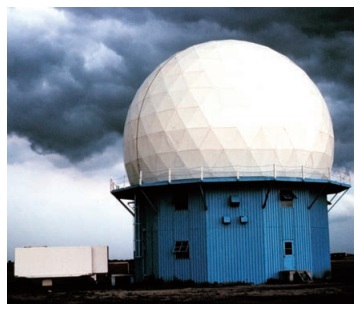Geoinformatics - Remote sensing platform | 12th Geography : Chapter 6 : Geoinformatics
Chapter: 12th Geography : Chapter 6 : Geoinformatics
Remote sensing platform
Remote sensing platform
The platform is a stage to mount the camera or sensor to acquire the information about a target under investigation. Based on the altitude above the earth surface, the platform can be classified as Ground borne platform, Air borne platform and Space borne platform.
Ground borne platform
Ground based platforms sensors may be placed on a ladder, scaffolding tall-building, crane etc. These are used to record detailed information about the surface which is compared with information collected from aircraft or satellite sensors. They are close to the ground.
A wide variety of ground based platforms are used in remote sensing. Some of the more common ones are hand held devices, tripods, towers and cranes. Instruments that are ground-based are often used to measure the quantity and quality of light coming from the sun or for close range characterization of objects Permanent ground platforms are typically used for monitoring atmospheric phenomenon although they are also used for long-term monitoring of terrestrial features.

Air borne platform
Aircrafts are generally used to acquire aerial photographs for photo interpretation and photogrammetric purposes. They are classified into two types. They are
* Low altitude aerial remote sensing
* High altitude aerial remote sensing
Balloon
Balloons are used for remote sensing observation (aerial photography) and nature conservation studies. The first aerial images were acquired with a camera carried aloft by a balloon in 1859. Balloon floats at a constant height of about 30 km.

Drone
Drone is a miniature remotely piloted aircraft. It is designed to fulfil requirements for a low cost platform, with long endurance, moderate payload capacity and capability to operate without a runway or small runway. Drone includes equipment of photography, infrared detection, radar observation and TV surveillance. It uses satellite communication link. An onboard computer controls the payload and stores data from different sensors and instruments. The unique advantage is that it could be accurately located above the area for which data was required and capable to provide both night and day data.
Aircraft
The first known aerial photograph was taken in 1858 by French photographer and balloonist, Gaspar Felix Tournachon, known as "Nadar". In 1855 Special aircraft with cameras and sensors on vibration less platforms are traditionally used to acquire aerial photographs and images of land surface features. While low altitude aerial photography results in large scale images providing detailed information on the terrain, the high altitude smaller scale images offer advantage to cover a larger study area with low spatial resolution.
Space borne platform
The satellites are normally used for the space borne remote sensing. The satellite moves in their orbit. The closed path of a satellite around the earth is called its orbit. These platforms are freely moving in their orbit around the earth and the entire earth or any part of the earth can be covered at specified intervals. The coverage mainly depends on the orbit of the satellite. It is through these space borne platforms, we get the enormous amount of remote sensing data. In space borne remote sensing, sensors are mounted on-board a spacecraft (space shuttle or satellite) orbiting the earth. Space borne remote sensing provides the following advantages:

1. Large area coverage.
2. Frequent and repetitive coverage of an area of interest.
3. Quantitative measurement of ground features using radio metrically calibrated sensors.
4. Semi automated computerised processing and analysis.
5. Relatively lower cost per unit area of coverage.
Related Topics